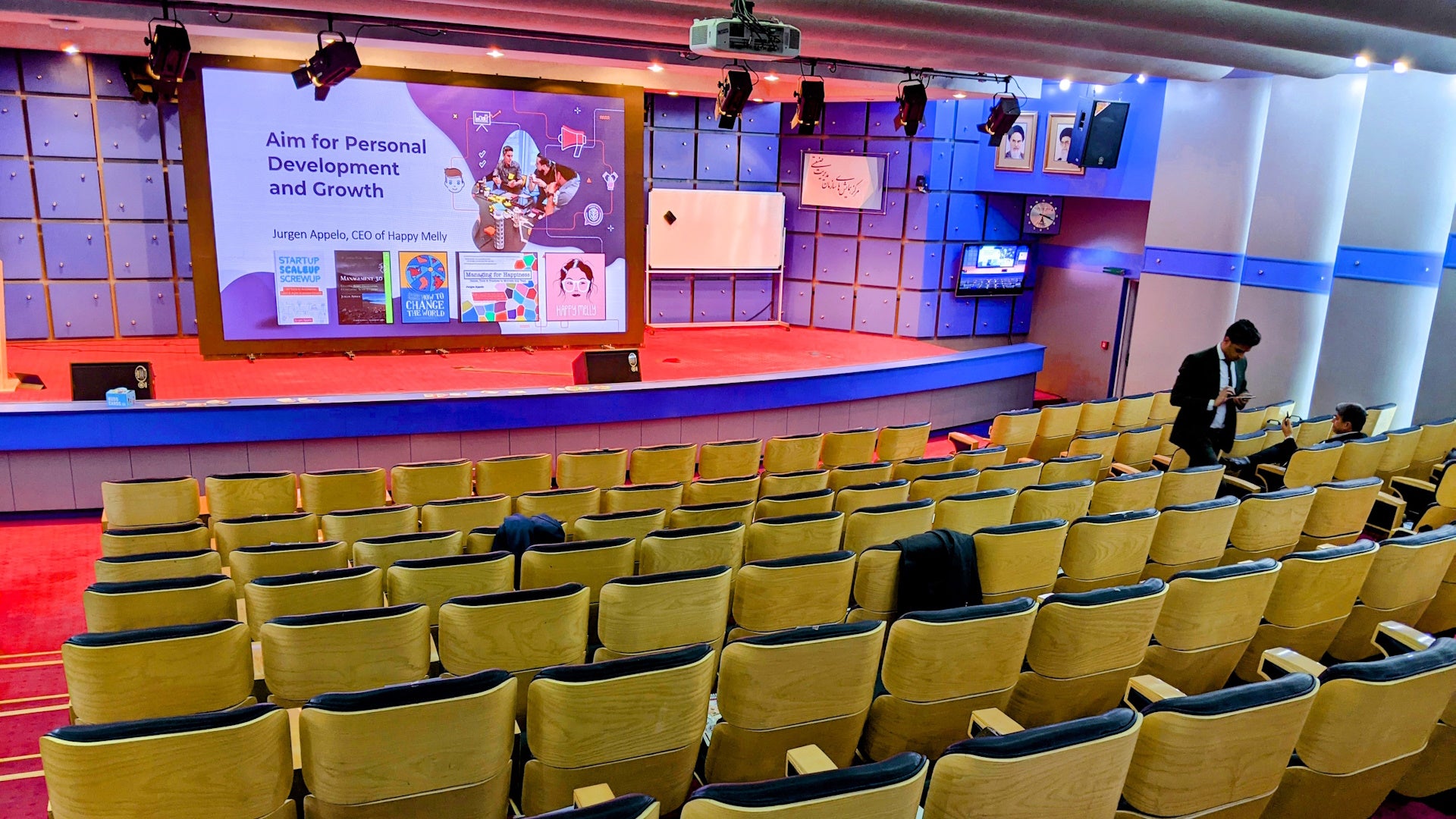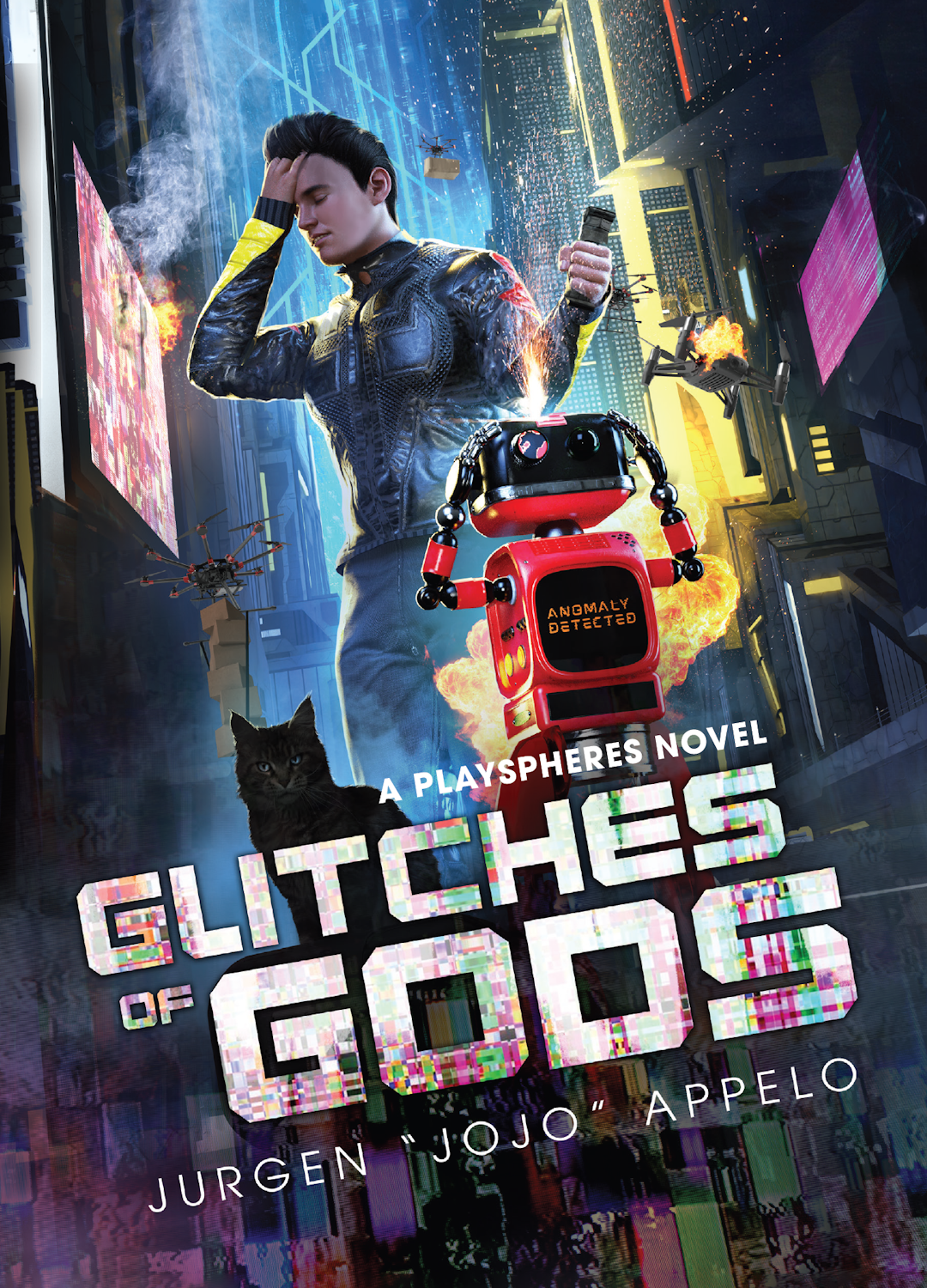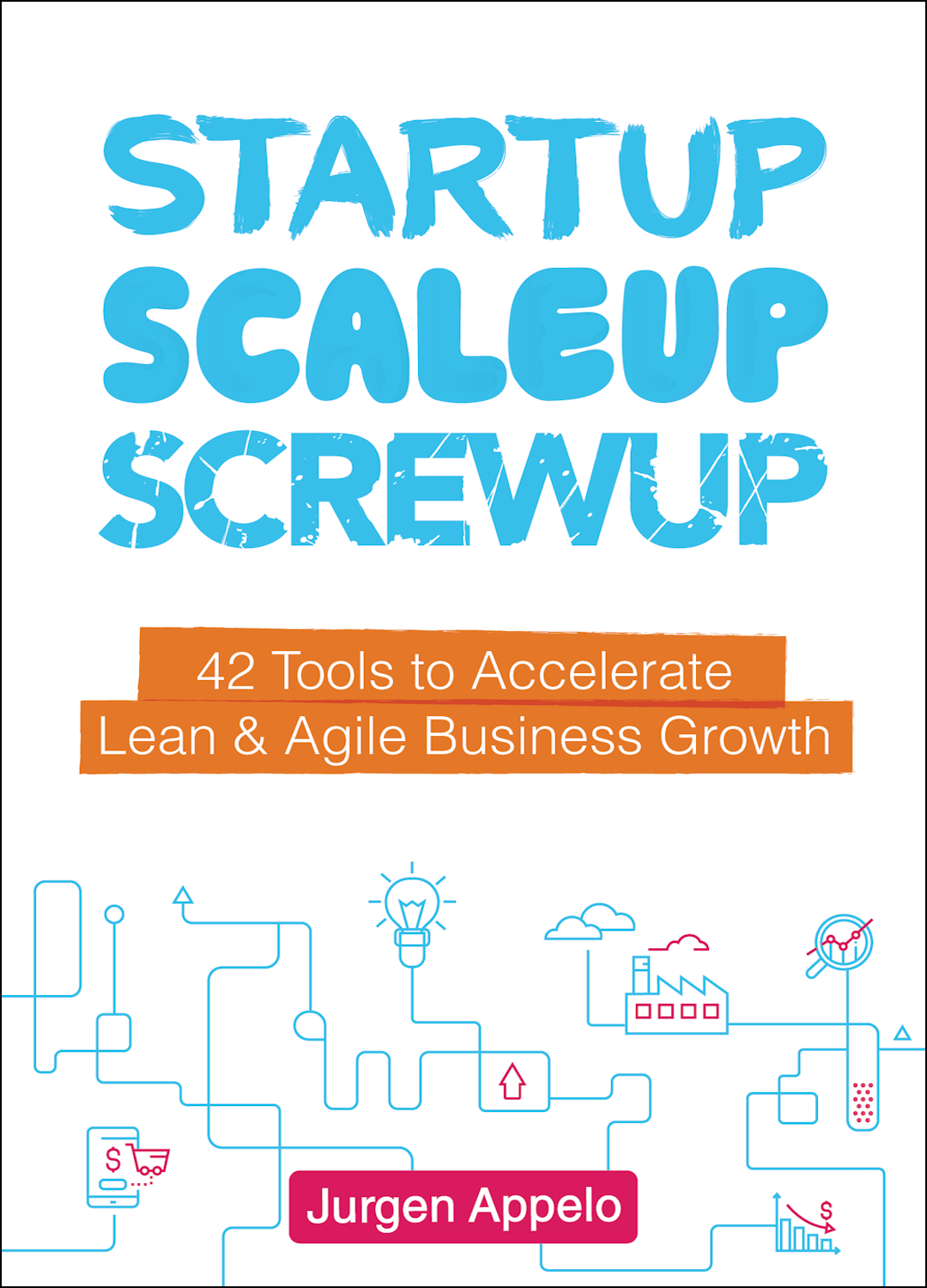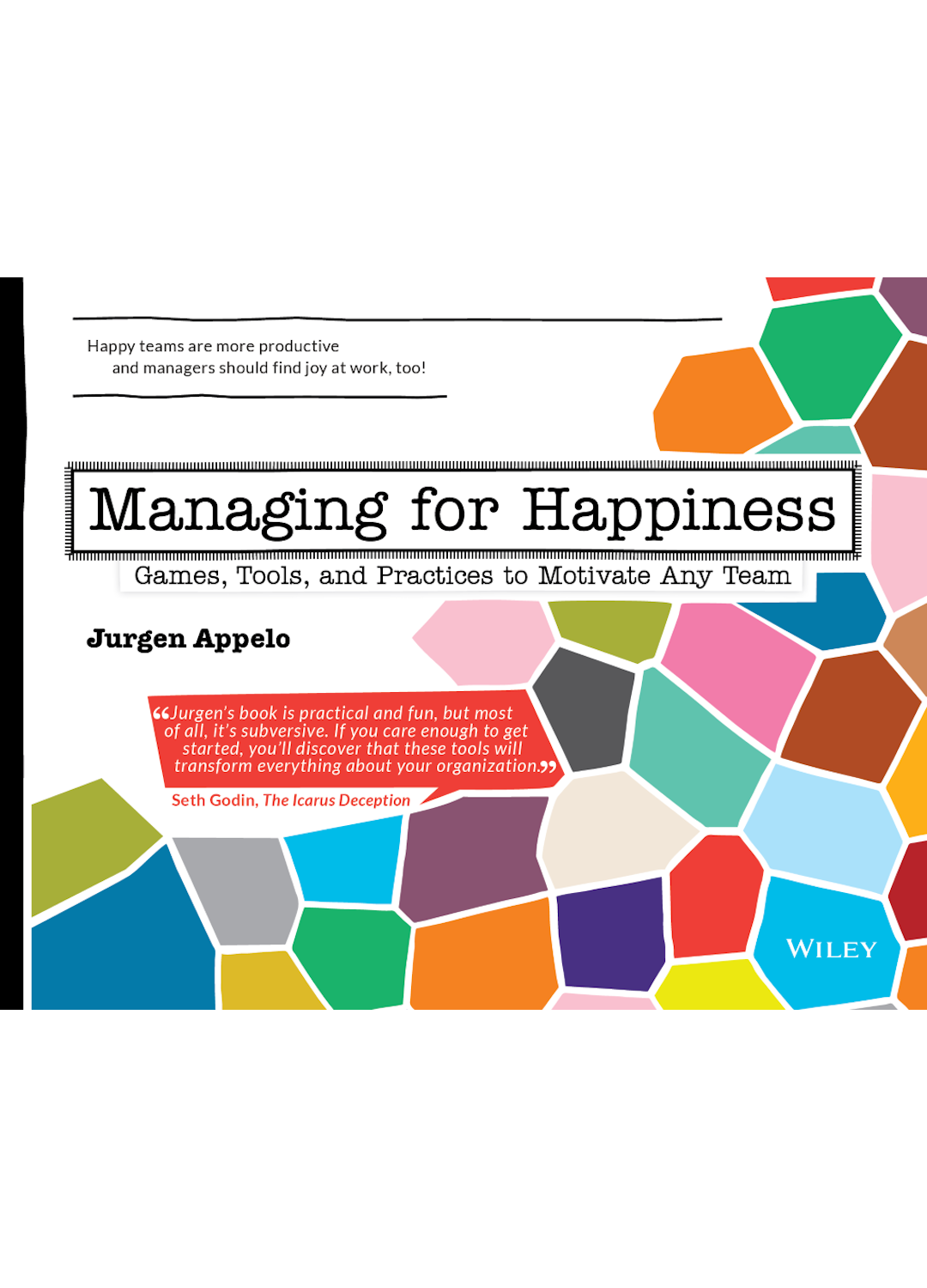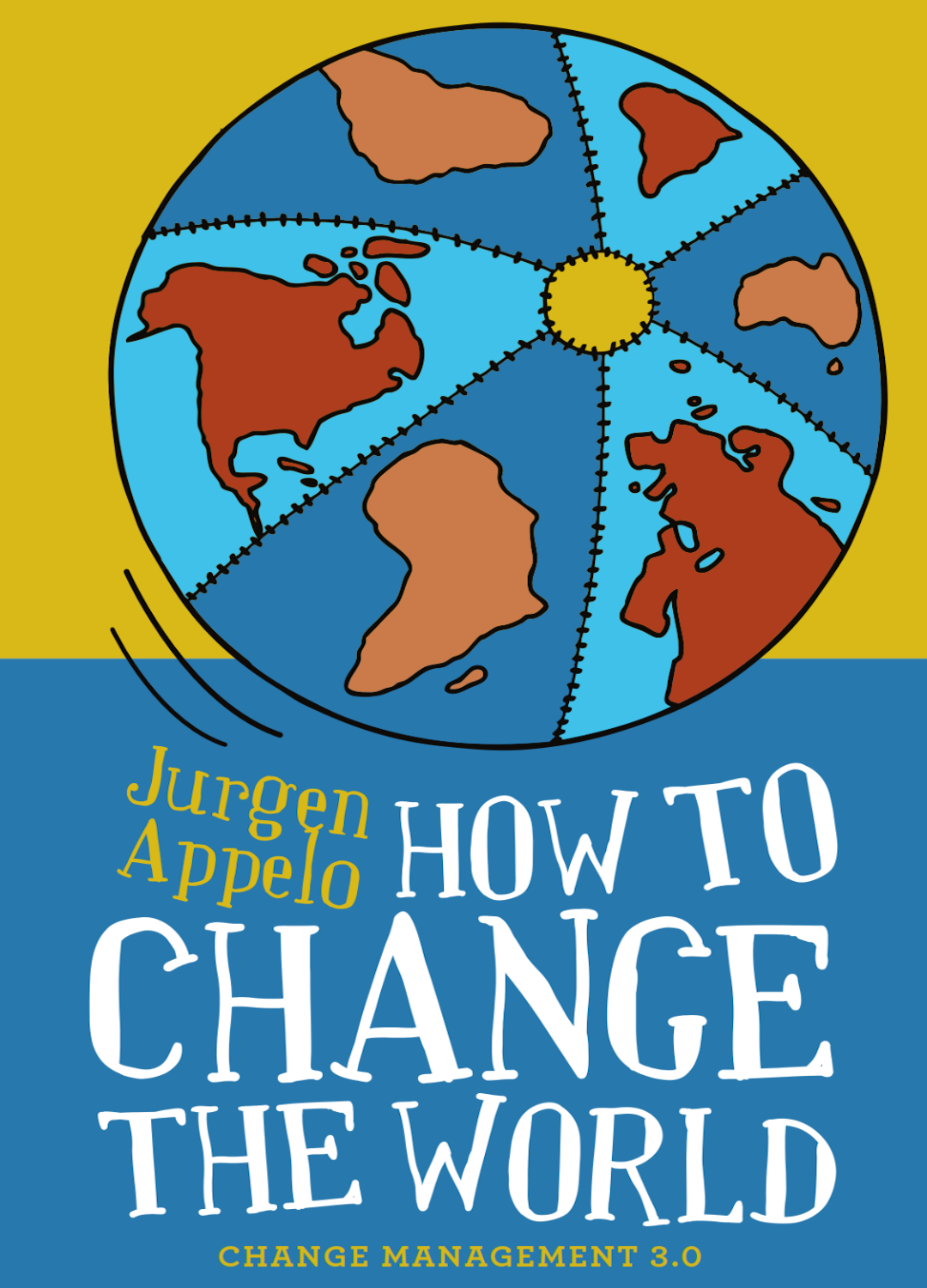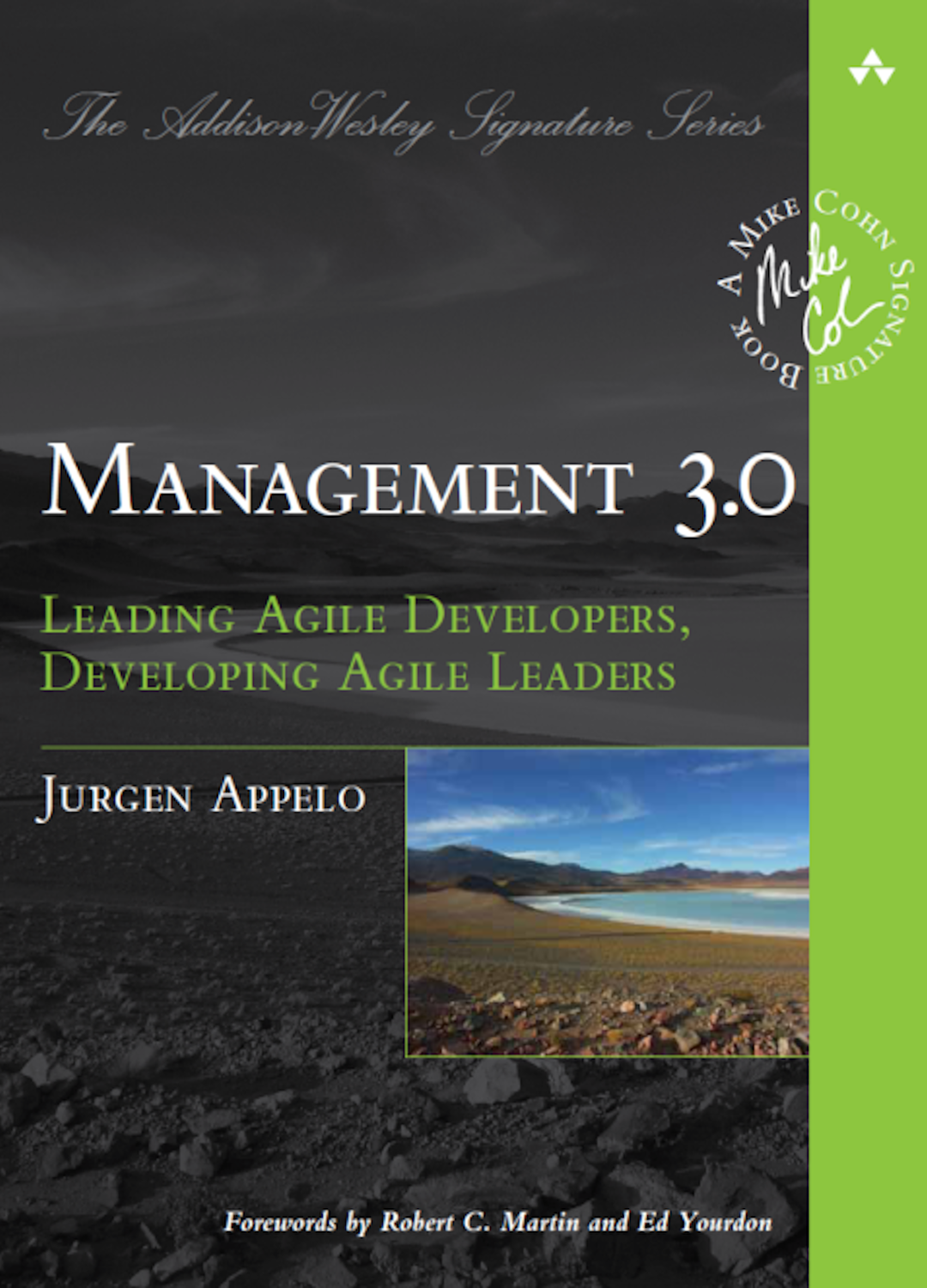In the Future of Work, Agile Agents Are the New Agile Frameworks.
I’m so tired of all the pointless infighting and "agile is dead" discussions.
Agile versus Lean, Scrum versus Kanban, product managers versus project managers, SAFe versus LeSS—the list is endless. Meanwhile, tech billionaires, giant corporations, and a few questionable regimes are racing to dominate AI and shape the future of work.
Watching the agile community argue feels like the Judean People’s Front bickering with the People’s Front of Judea. While our rulers rapidly build their AI-powered empire, we're still debating whether to make estimates. Estimates for what? The time we've left until we are all irrelevant?
We deserve better.
The Fourth Phase
Recently, Microsoft published its Work Trend Index 2025 Annual Report, declaring 2025 as “the year the frontier firm is born.” We're rapidly approaching a new era where organizations blend human judgment with machine intelligence: AI-operated but human-led. Microsoft's vision includes workers using AI assistants (phase 1), collaborating with multiple AI agents (phase 2), and ultimately, agents autonomously executing processes with humans overseeing the AIs (phase 3).

There’s just one problem. Phase 4 is missing.
-
Why limit humans to just setting the AI agenda? Why not envision AIs guiding humans, too?
-
And why restrict this scenario to just one organization? What about DAOs and open platforms transcending traditional boundaries?
(My hypothesis: maybe because Microsoft has no interest in Phase 4?)
As AI gets ever more sophisticated, phase 4 will be humans, robots, and agents collaborating in vast networks of physical and digital workers. In phase 4, we all manage each other and workflows move up the stack from walled-off organizational silos to open networks that cut across businesses and standard platforms.

When (not if) this happens, AI agents will have to tackle complex discussions about product management, agile methodologies, worker coordination, and more. Right now, they can't—because they lack a common language.
But this is changing.
Current protocols like MCP and A2A are still primitive, dealing only with basic syntax. The real work—at the higher semantic level—has barely begun. Once we’ve standardized how agents talk, we'll need to define what they discuss, why it matters, and how they'll collaborate effectively with humans.
And THAT is a massive opportunity for the global agile community!
“The real opportunity lies not just in developing agents but in establishing the infrastructure that powers their interactions—platforms, protocols, and ecosystems that will underpin the agent economy. By acting now, entrepreneurs can secure a leadership position in this transformative market.” - Pascal Bornet, et al., Agentic Artificial Intelligence
Why waste effort teaching agile frameworks to humans when algorithms will handle most tasks and coordination? The AI agents will need something as guidance, and it won't be Scrum or SAFe certificates.
“If AI can map, model and synthesise operating information in close to real time, then it is possible to create the visibility and legibility needed to operate more agile and autonomous organisational models.” - Lee Bryant, ShiftAcademy*
In an AI-driven world, the agents are the API. Who cares about deciphering Jira tickets when agents can deliver tasks to anyone and will explain them much better than your average Product Owner?
“In partnership with platform operators, tasks could be simplified and streamlined, and teams could have API-like interactions with other teams, eliminating a lot of the needless noise and complexity introduced by organizational dependencies and cross-functional collaboration.” - Rita McGrath, Thought Sparks
Smart people have figured out that agents will be the new infrastructure of work. Agile agents will become the new agile frameworks.
If only someone would teach them.
“Agents will collaborate like humans. You won’t prompt one — you’ll orchestrate dozens. The three blockers left: Memory (personal and long-term), Security (trust, identity, auditability), Protocols (how agents talk)” - Guillermo Flor, Product Market Fit
In the future of work where AI generate and validates products in mere minutes, the call to action for the Agile community seems crystal clear to me:
We need a language for agentic assistants and unbiased algorithms to collaborate with humans and achieve extraordinary outcomes.
THAT is what the agile community should be obsessing over. Not methods, certifications, frameworks, or any of the other increasingly stupid debates that no one outside our bubble cares about.
This is my call to action:
Let’s create HARMONY: the Human-Agent Relationship & Management Operation and Negation sYstem.
(Sorry. I couldn’t resist the playful acronym.)
We need agile developers, coaches, consultants, and product managers pulling together to create the protocol of the future of work.
I want to make this happen.
The right moment is now.
Because if the good guys don’t step up, the bad guys certainly will.

p.s. Subscribe to my Substack to join this journey. There’s plenty more coming soon. And share this with anyone who needs to know. 🙂



